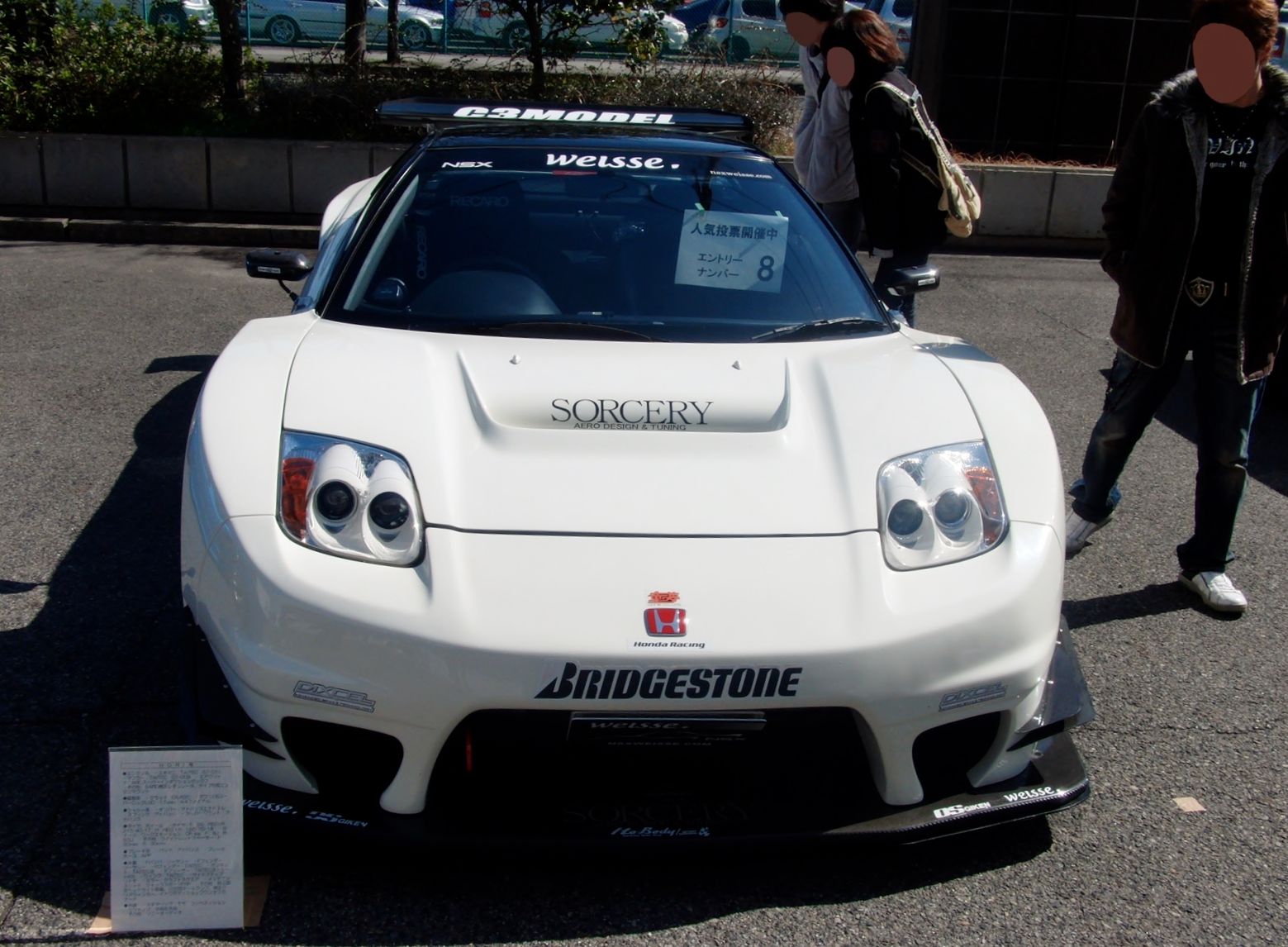
The 2000s, often remembered as the dawn of a new millennium, was a decade brimming with fascinating technological advancements, distinctive fashion statements, and a vibrant tapestry of popular culture. It was a time of transition, a bridge between the analog past and the hyper-digital future we inhabit today, marked by both lingering Y2K optimism and the seismic cultural shifts brought on by events like 9/11. Many elements that defined daily life just two decades ago have since receded from our collective “dashboard,” replaced by sleeker, smarter, and often more integrated alternatives that reflect a profoundly altered way of living.
As we navigate the complexities of modern life, it’s easy to forget the specific quirks and innovations that shaped our world back then. This era, sandwiched between the initial anxieties of the Y2K bug scare and the full explosion of social media and ubiquitous smartphones, offered a unique blend of nascent digital culture and lingering pre-internet sensibilities. Join us on a captivating journey back to the ’00s, as we unearth some of the most memorable features that once held sway, only to quietly vanish or dramatically transform with the relentless march of technological progress and cultural evolution.
This deep dive isn’t just a nostalgic trip down memory lane; it’s an insightful exploration of how quickly our world evolves and how the seemingly permanent fixtures of one decade can become intriguing historical footnotes in the next. Get ready to rediscover the defining elements of the 2000s that have largely disappeared from our contemporary view, offering a unique perspective on the relentless pace of innovation and the fascinating fluidity of popular culture. We’ll examine the gadgets we couldn’t live without, the fashion trends that turned heads, and the media experiences that captivated millions.

1. **The Reign of the iPod Click Wheel**The iPod, a digital music player first released in 2001, was undoubtedly one of the most iconic gadgets of the 2000s. More than just a device, it became a cultural phenomenon, symbolizing personal audio on the go and revolutionizing music consumption. Its defining feature, the click wheel, offered a novel and intuitive way to navigate thousands of songs with a simple, fluid thumb motion. This tactile interaction felt revolutionary, a stark contrast to today’s pure touchscreen interfaces.
Before the smartphone converged countless devices, the iPod was the undisputed king of portable music. It stored an unprecedented volume of songs, allowing users to carry their entire library in their pocket—a groundbreaking concept after years of bulky CD binders. This shift from physical albums to personalized digital playlists dramatically altered how people collected and enjoyed music, setting the stage for the streaming era. The ease of access and sheer capacity were game-changers.
The iPod wasn’t just about functionality; its minimalist design, signature white earbuds, and glowing screen made it instantly recognizable. It symbolized freedom and personal expression. The ritual of syncing with iTunes and meticulously managing digital collections fostered a deeper, more personal connection to music, bridging the gap between electronics and a lifestyle accessory.
Today, dedicated MP3 players like the original iPod are virtually obsolete, their core functions absorbed by smartphones. While Apple’s influence remains profound, the specific form factor and interactive experience of the original iPod—with its click wheel and singular focus on music storage—is a cherished relic. It vanished from our modern “dashboard” as versatile devices converged, leaving a legacy that transformed the music industry.
Read more about: Remember the ’00s? These 14 Pop Culture Moments and Trends Defined an Era!
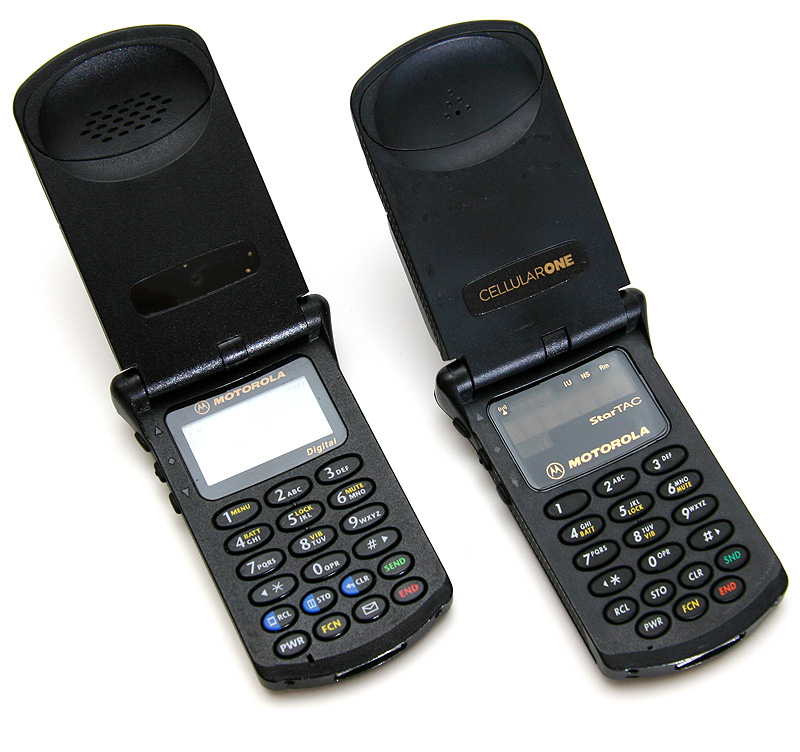
2. **Flip Phones and Keyboard Phones**The satisfying *snap* of a flip phone closing was a hallmark of the 2000s. Devices like the iconic Motorola Razr V3i and various robust BlackBerry and Motorola keyboard phones were integral to daily life, even serving as fashion statements. These were the primary means of staying connected for millions, preceding the touchscreen revolution. Their physical designs, from sleek clamshells to full QWERTY keyboards, offered a tangible, responsive interaction that many still fondly recall.
The Motorola Razr V3i, with its impossibly thin profile, epitomized style and innovation. Opening it to take a call was a deliberate act, a contrast to today’s passive tapping. BlackBerry devices, revered for their tactile physical keyboards, became indispensable for rapid emailing and messaging, essential for professionals. These phones were built for specific functions—calling, texting, and rudimentary internet browsing—rather than the complex digital lives we now conduct on multi-touchscreens.
Beyond functional design, these phones fostered a distinct communication culture. Mastering texting on a T9 keypad or speed-typing on a BlackBerry were skills. Limited screen real estate and slower internet meant mobile interactions were more focused. People were more present, using phones for discrete tasks rather than constant digital engagement, serving as faithful, reliable companions.
However, the tide turned swiftly. By the late 2000s and into the 2010s, these beloved devices were rapidly replaced by bar-shaped, full-touchscreen smartphones. The tactile satisfaction of a physical keypad or the dramatic flip gave way to the seamless glass slab. Even the Nokia 1100, the world’s best-selling mobile phone from 2003-2009, eventually faded. Its success highlighted an era’s preference for focused functionality, a characteristic that largely vanished with the do-it-all smartphone.
Read more about: Remember the ’00s? These 14 Pop Culture Moments and Trends Defined an Era!
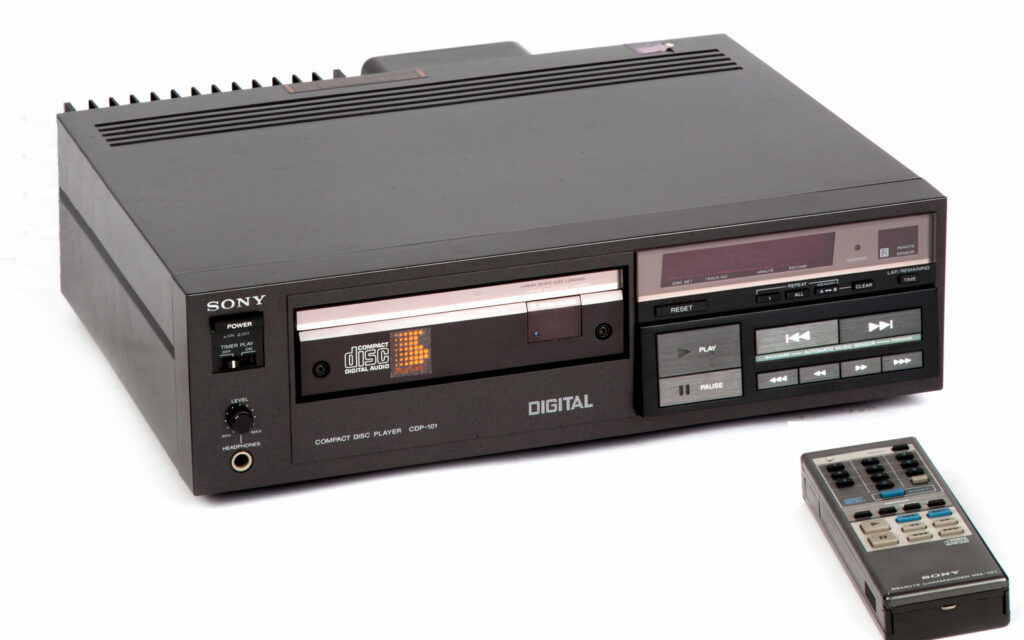
3. **Physical Media Dominance (CDs/DVDs)**In an age before high-speed internet and ubiquitous streaming, the 2000s were firmly entrenched in physical media. Our lives revolved around discs: CDs for music, and DVDs for movies and TV shows. By the early 2000s, DVDs had already begun eclipsing videotapes, marking a significant leap in quality and convenience. Our living rooms were equipped with disc players, and our media libraries proudly displayed rows of shiny plastic cases, a tangible connection to our entertainment.
The ritual of buying a new album on CD or a highly anticipated movie on DVD was a significant event. It involved anticipation, trips to stores, and the satisfying act of unwrapping packaging and leafing through liner notes. This tangible connection fostered a sense of ownership less prevalent today. For music, artists and labels relied heavily on CD sales, making album art an integral part of the artistic statement.
However, the decade was also pivotal for the music industry. Music sales declined after 2000, attributed to unlicensed uploading and downloading of sound files to the Internet. Despite this nascent digital shift, CDs still commanded a massive market share; by 2009, Nielsen Soundscan reported CDs accounted for 79 percent of album sales, illustrating the 2000s as a transitional phase where physical media still reigned.
Today, while collectors cherish physical media, the mainstream “dashboard” for entertainment has shifted. Streaming services have rendered physical discs largely obsolete for the average consumer, offering unparalleled convenience. The tangible experience of owning a CD or DVD, and the necessity of dedicated players, have largely vanished, replaced by instant, on-demand digital access that fundamentally altered our relationship with entertainment.

4. **The Rise and Fall of MySpace**In the early to mid-2000s, before Facebook’s dominance, MySpace reigned supreme as *the* premier social media site. Launched in 2003, it quickly became a cultural phenomenon, especially among younger audiences, offering a vibrant, customizable platform for self-expression, connecting with friends, and discovering new music. The unique MySpace experience was defined by meticulously customizing profiles with HTML, carefully curating “Top 8” friends, and embedding a favorite band’s song—all shaping online identity for millions.
MySpace offered unprecedented personalization, allowing users to transform profiles into digital canvases. Animated backgrounds, custom cursors, embedded videos, and elaborate layouts reflected individual personalities. It was a digital playground where burgeoning bands found their first audience, directly interacting with fans, and where teenagers crafted online personas. The platform fostered creative expression and community around shared interests, particularly music.
The platform was often chaotic but deeply personal. Unlike later social media, MySpace encouraged a DIY approach, which fostered ownership and creative control. Friend requests were thrilling, comments eagerly awaited, and the bulletin board served as early public communication. For many, it was their first true immersion into online social networking, a space where digital friendships blossomed and subcultures thrived.
However, its meteoric rise met a swift decline. Facebook, launched in 2004, initially focused on college students and offered a cleaner interface. This different approach gained traction. By 2008, Facebook decisively surpassed MySpace as the most used social network, signaling MySpace’s rapid obsolescence. While MySpace still exists in a different iteration, the MySpace that once dominated the early 2000s social media “dashboard”—with its distinct aesthetic and cultural role—has completely vanished.
Read more about: Remember the ’00s? These 14 Pop Culture Moments and Trends Defined an Era!
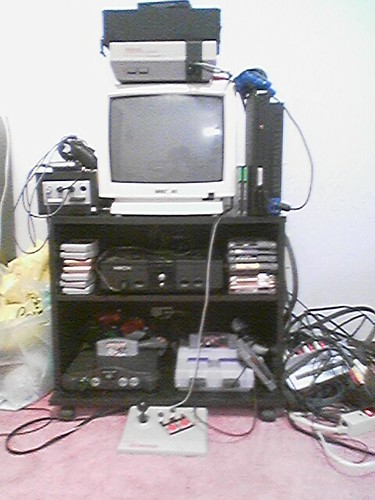
5. **Sixth and Seventh Generation Game Consoles**The 2000s were a golden age for video games, largely defined by the groundbreaking innovations of the sixth and early seventh generations of home consoles. The PlayStation 2, Xbox, and GameCube were cultural juggernauts, delivering immersive and diverse experiences with iconic titles. Games like *Grand Theft Auto: San Andreas* and *Tony Hawk’s Pro Skater 3* achieved massive mainstream success, while critical darlings like *Katamari Damacy* and *Shadow of the Colossus* showcased the PlayStation 2’s artistic breadth. These consoles fostered fierce loyalties and a vibrant, competitive gaming landscape.
The PlayStation 2, still the best-selling console of all time, boasted a vast game library. Microsoft’s Xbox brought powerful graphics, a built-in hard drive, and robust online multiplayer through Xbox Live, setting the stage for modern online gaming. Nintendo’s GameCube, with its unique design and beloved exclusives, carved out its own fanbase, offering family-friendly fun. Each console offered a distinct identity, driving innovation and competition.
As the decade progressed, the seventh generation introduced the Nintendo Wii. Hugely popular in the late 2000s and early 2010s, the Wii radically changed gaming. Its motion-controlled gameplay, epitomized by *Wii Sports* (the best-selling game of the decade), ushered in new accessibility, attracting casual players. Games like *Super Mario Galaxy* and *Mario Kart Wii* further showcased its potential, proving innovative controls could be as compelling as graphical prowess.
While gaming thrives today, the specific hardware and cultural footprint of these early 2000s consoles have largely vanished from the mainstream “dashboard.” Modern gaming is characterized by hyper-realistic graphics, digital downloads, and live service models, contrasting with the disc/cartridge-based experiences of the ’00s. The unique era defined by these machines and their iconic games is now a cherished memory, marking a pivotal evolutionary phase in interactive entertainment.
Read more about: Remember the ’00s? These 14 Pop Culture Moments and Trends Defined an Era!
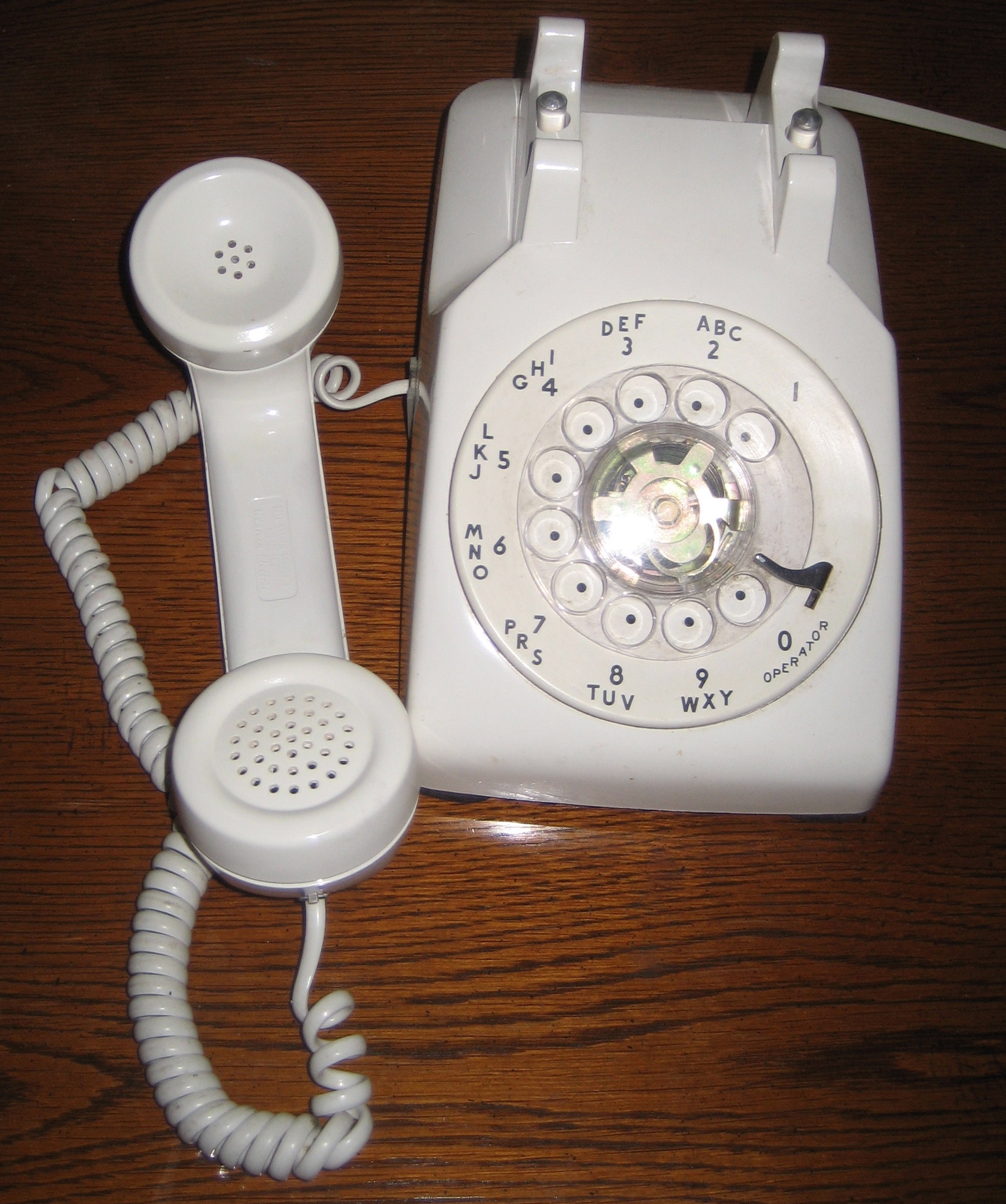
6. **The All-Pervasive Home Landline**In the 2000s, before mobile phones became truly ubiquitous for every household member, the home telephone—specifically landlines and cordless telephones—remained a central, indispensable fixture in domestic life. The distinctive *ring-ring* of a corded phone or the scramble to find the cordless handset before voicemail intercepted a call were common sounds and experiences. It was often the primary, and sometimes only, link to the outside world for many families, serving as the household’s communication nerve center.
These home phones were more than just for calls; they often served as the hub of household communication. Children called friends from the shared family phone, often with a lengthy cord stretching across rooms, allowing for some privacy. Parents used it for essential business calls and staying in touch with relatives. The concept of a single, static phone number for an entire household was the unchallenged norm, a stark contrast to today’s individual mobile numbers. Multiple phone jacks in rooms reflected the landline’s essential status.
The routine around the landline was a shared experience. Answering meant potentially speaking to anyone calling for anyone else, requiring social navigation. Voicemail, when common, was a collective inbox. This communal aspect fostered different family dynamics compared to the individualistic nature of mobile phones, encouraging direct interaction and coordination within the home.
With the rapid rise of mobile phones, particularly bar-shaped full-touchscreen smartphones by the late 2000s and 2010s, the landline quickly faded from prominence. While some still maintain them, the home landline has largely vanished from the “modern dashboard” of daily communication. The communal call, the shared family phone book, and the static tether to a wall jack are now charmingly antiquated notions, artifacts of a communication era fundamentally reshaped by personal mobile devices.
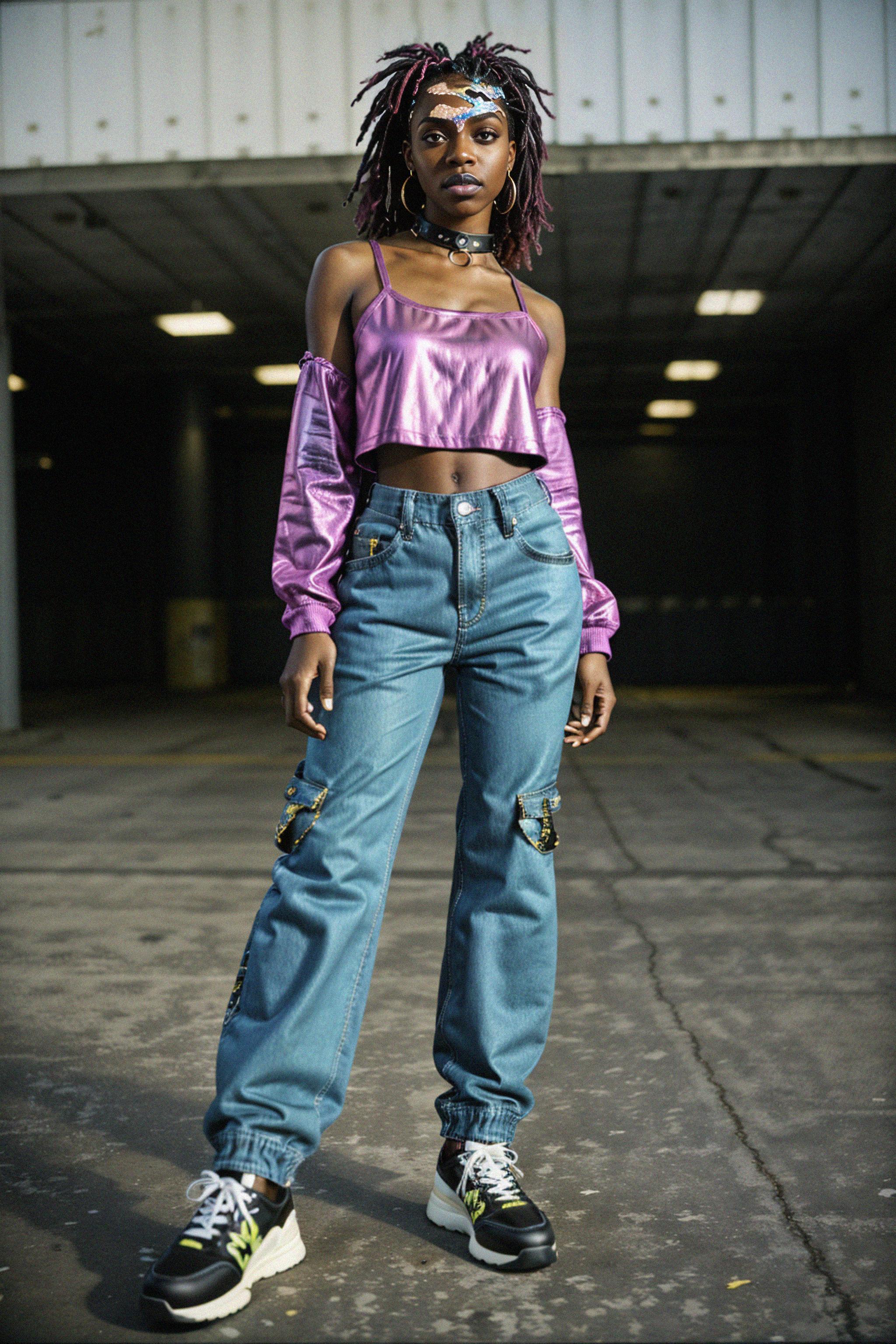
7. **Y2K Aesthetic and Fashion**The Y2K aesthetic, named after the “Y2K bug scare” between 1999 and 2000, was a truly distinctive fashion trend of the late 1990s and early 2000s. It embodied a unique blend of futuristic optimism, technological fascination, and a slight undercurrent of digital anxiety, manifesting in fashion choices that felt both sleekly modern and playfully experimental. This period was markedly defined by “then-new technology” such as the 2001 iPod Classic and fashion characterized by shiny metallic clothing, suggesting a bold leap into a new technological age.
This style permeated pop culture, appearing frequently in music videos, films, and magazines. It enthusiastically embraced shiny fabrics, metallic finishes, iridescent materials, and often incorporated a playful, almost kitschy interpretation of the future. Think highly reflective surfaces, geometric patterns, bold colors, and an overall sense of technological advancement translated into attire. It celebrated the new millennium with wonder, glamour, and a slightly edgy, space-age vibe, clearly differentiating itself from prior trends.
Beyond fabrics and colors, the Y2K aesthetic influenced silhouettes. There was a preference for form-fitting, sometimes slightly revealing, clothing that conveyed sleekness and modernity. Accessories often included futuristic sunglasses, chunky jewelry, and designs with digital or industrial motifs. It wasn’t just a trend; it was a cultural expression of hope and excitement for the 21st century, filtered through emerging digital technologies. The style indicated the era’s fascination with technology’s impact on everyday life.
However, this distinct, overtly futuristic style’s widespread popularity was relatively short-lived. Following 9/11, “casual fashions had made a comeback once again,” and the earlier “dark, slinky style” of Y2K began to recede as moods shifted. While future-inspired fashion continually reappears, the specific blend of widespread optimism, digital-age novelty, and exaggerated futuristic glam defining Y2K has largely vanished from our everyday “fashion dashboard.” It now stands as a fascinating artifact of a specific cultural moment.
Read more about: Remember the ’00s? These 14 Pop Culture Moments and Trends Defined an Era!

8. **Low-Rise Jeans and Crop Tops**For women in the 2000s, the pairing of low-rise jeans and crop tops was an incredibly popular, almost ubiquitous, fashion statement that defined a significant portion of the decade’s style. Famously championed by pop stars like Britney Spears in 2003, this silhouette wasn’t just a trend; it became an iconic representation of an era, unapologetically celebrating a particular body aesthetic and confidently showcasing the midriff. It was a bold sartorial statement that characterized much of the decade’s casual, youthful, and pop-influenced style.
Low-rise jeans sat significantly below the natural waistline, often revealing several inches of the abdomen, while crop tops, in various lengths and styles, completed the look. This fashion choice was more than just about clothing; it was a powerful cultural expression of confidence, individuality, and a youthful, sometimes rebellious, spirit. It marked a distinct departure from higher-waisted, more modest styles. The emphasis was on a sleek, often revealing, line that became synonymous with early 2000s celebrity and popular culture.
The popularity of this trend was amplified by its presence on red carpets, magazine covers, and in music. Celebrities wore it, influencing millions of young people to adopt the look. It became a uniform for a generation, offering a sense of freedom and a departure from more buttoned-up styles. The versatility of low-rise jeans meant they could be dressed up or down, but always with the defining characteristic of a visible midsection. This aesthetic communicated a relaxed yet glamorous vibe, perfect for an era captivated by pop music and celebrity culture.
While fashion cycles endlessly, the specific dominance and widespread prevalence of ultra-low-rise jeans paired with midriff-baring crop tops have largely vanished from the mainstream fashion “dashboard” today. Contemporary trends tend to favor higher waistlines, more oversized silhouettes, or different ways of celebrating the body. The distinct sartorial landscape of the 2000s, so heavily influenced by this particular pairing, is now a vivid, nostalgic memory, marking a clear generational and stylistic shift in clothing preferences.
Welcome back to our journey through the unforgettable 2000s, where we continue to unearth the fascinating elements that once dominated our daily lives but have since quietly slipped away or dramatically transformed. If Section 1 whisked us through iconic gadgets and groundbreaking fashion, this segment delves deeper into the decade’s unique cultural phenomena, media shifts, and even more distinctive style statements. Get ready to rediscover another eight defining features that shaped the 2000s before fading from our modern dashboard.
Read more about: Remember the ’00s? These 14 Pop Culture Moments and Trends Defined an Era!
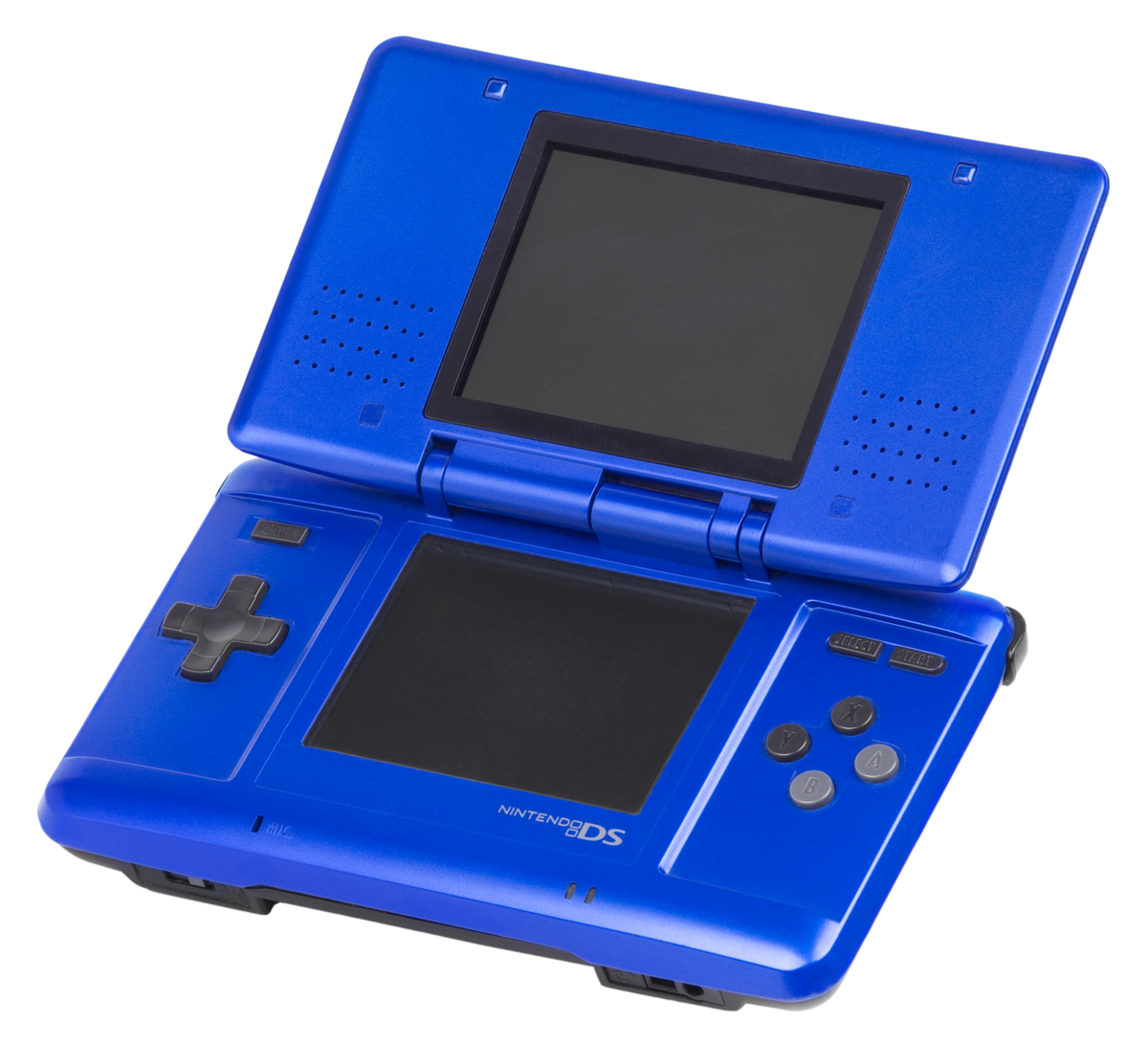
9. **Portable Gaming Systems’ Heyday (Nintendo DS & Game Boy Advance)**While home consoles captured living rooms, the 2000s also belonged to portable gaming titans. Nintendo dominated this space with its incredibly popular Nintendo DS and the enduring Game Boy Advance. These sleek, pocket-sized devices were a gateway to digital worlds, providing on-the-go entertainment that connected millions of players.
The Nintendo DS, in particular, introduced revolutionary dual screens and touch capabilities. Its library was packed with hits that defined the decade, including *Super Mario 64 DS*, *Brain Age: Train Your Brain in Minutes a Day!*, *Nintendogs*, and *New Super Mario Bros.* Even *Pokémon Diamond and Pearl* became cultural touchstones on the DS.
Today, while mobile gaming thrives on smartphones, the dedicated portable gaming device in these specific forms has largely vanished from the mainstream. Their tactile buttons and unique gameplay experiences are now cherished memories, replaced by the all-encompassing smartphone.
Read more about: Red Hot Revelations: These 13 Celebrities Are All Natural Redheads and Absolutely Owning Their Fiery Manes!
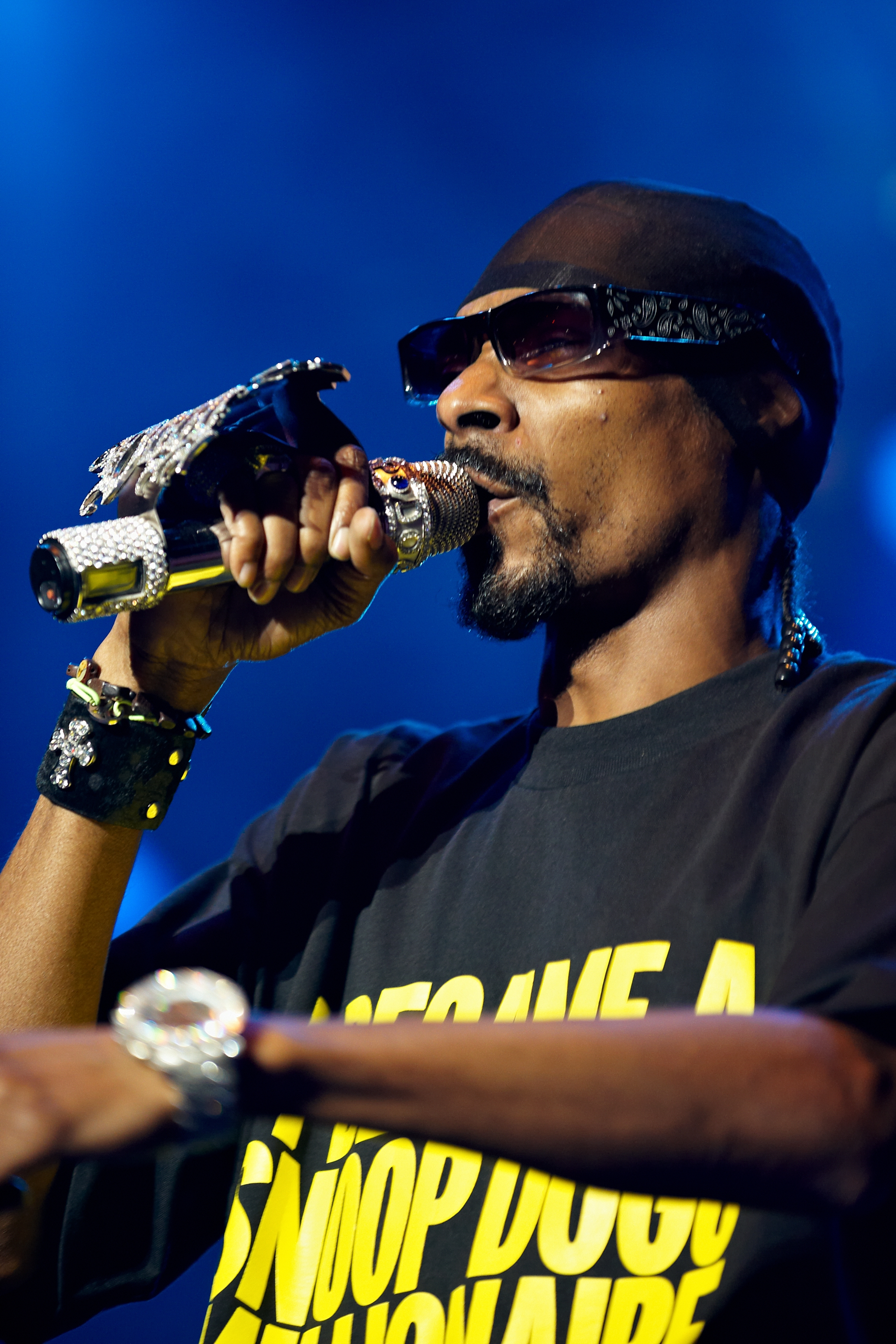
10. **The “Bling Era” of Hip Hop Culture and Fashion**Step into the early-to-mid 2000s, and you’d find yourself immersed in the opulent “bling era” of hip hop. This phenomenon, named after B.G.’s 1999 single, became synonymous with overt wealth and lavish material possessions, influencing fashion and lifestyle as a central feature of popular culture’s “dashboard.”
This era’s fashion was unmistakable, defined by unapologetic grandeur. Followers often sported oversized shorts, generous jewelry, and prominent NFL and NBA jerseys. Baggy pants and T-shirts were commonplace, creating a silhouette that emphasized comfort and swagger, a visual statement of success and status.
However, as the decade closed, this specific iteration of hip hop fashion evolved. By the late 2000s, a shift occurred towards “fitted and vibrantly colored clothing.” While luxury persists, the specific, all-encompassing “bling era” aesthetic has largely receded, making way for new stylistic expressions.
Read more about: Remember the ’00s? These 14 Pop Culture Moments and Trends Defined an Era!

11. **The Era of Mockumentaries and Documentary Box Office Hits**The 2000s proved fertile ground for non-fiction storytelling, ushering in an era where documentaries and mockumentaries captivated audiences and achieved significant success. This period saw a rise in films blurring lines between reality and satire, bringing compelling real-world issues to mainstream attention as a noticeable “feature” on the cinematic dashboard.
Mockumentaries, in particular, experienced a surge. Sacha Baron Cohen’s *Borat* (2006) achieved widespread recognition for its audacious humor. Beyond satire, traditional documentaries found commercial success. *Super Size Me* (2004) and Michael Moore’s *Fahrenheit 9/11* (2004) became major cultural talking points, with *Fahrenheit 9/11* becoming the highest-grossing documentary of all time.
Other acclaimed documentaries like *March of the Penguins* also enjoyed popularity, showcasing the genre’s diverse appeal. This era established documentaries as compelling, entertaining, and financially successful mainstream cinema. While these genres continue, their specific widespread box office dominance of the 2000s has largely transformed.
Read more about: Remember the ’00s? These 14 Pop Culture Moments and Trends Defined an Era!
12. **Chunky Sneakers and the Footwear Evolution**Footwear in the early 2000s had a distinctive silhouette, largely dominated by the chunky sneaker. These robust, oversized athletic shoes were a ubiquitous fashion statement for “adults and children” alike, firmly on the decade’s fashion dashboard. Brands like Skechers skillfully used celebrity endorsements, from Britney Spears to Christina Aguilera, solidifying their appeal.
The chunky sneaker aesthetic conveyed comfort, casual swagger, and often featured a substantial, exaggerated sole. They paired effortlessly with baggy cargo pants and other relaxed styles, reflecting the era’s pop culture. They were an indispensable part of many wardrobes, seen everywhere from schoolyards to malls.
However, the reign of the chunky sneaker was not eternal. As the decade progressed, “flatter and more compact shoes came into style as chunky sneakers were no longer the mode.” While retro chunky sneakers occasionally resurface, their widespread everyday dominance of the early and mid-2000s has certainly vanished.
Read more about: Remember the ’00s? These 14 Pop Culture Moments and Trends Defined an Era!
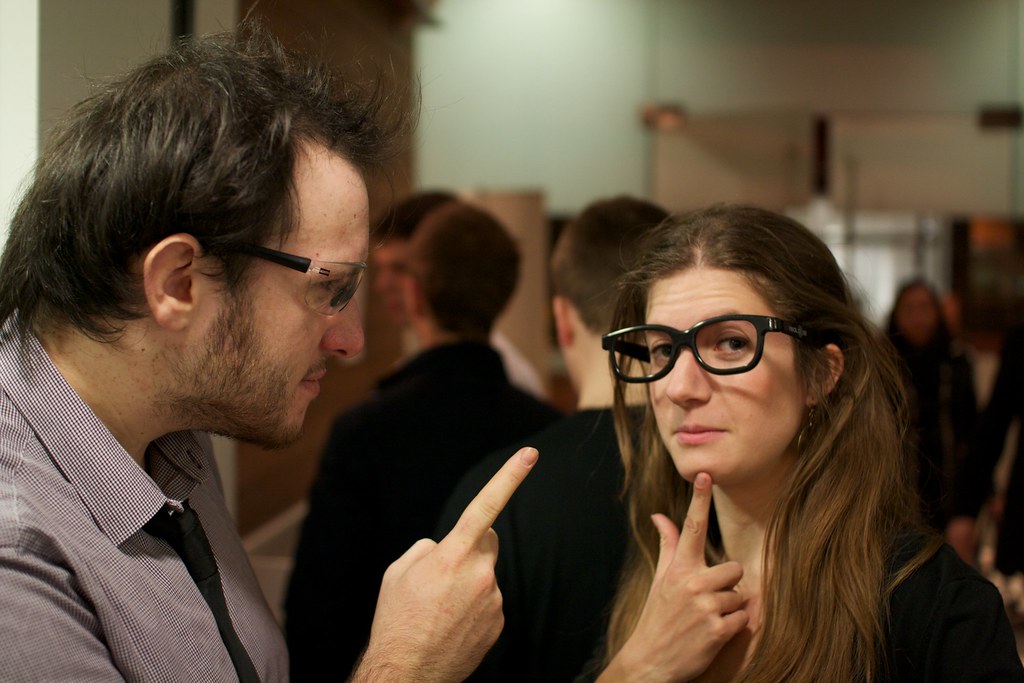
13. **The Rise of “Geek Chic” Fashion**Beyond mainstream fashion, the mid-2000s saw “geek chic.” This wasn’t high fashion but a playful embrace of “geeky” aesthetics by young individuals, turning once-stigmatized items into trendy statements. This style, a distinct “feature,” represented a cultural shift in expressing individuality.
The defining characteristic was undoubtedly the oversized black horn-rimmed glasses. Worn with non-prescription lenses or without, they were purely a style accessory. Celebrities like David Beckham and Justin Timberlake adopted the look, further amplifying its visibility. Even NBA players donned “geek glasses” during interviews.
“Geek chic,” in its mid-2000s incarnation, proved fleeting. While intellectual aesthetics endure, the specific, self-aware adoption of these stereotypically “geeky” items as a defining style has largely vanished. It remains a memorable, self-referential moment in 2000s personal style.
Read more about: Sheila R. Canby’s Enduring Legacy: How a Met Curator Humanized Islamic Art for a Global Audience
Our journey through the 2000s reveals a decade of astonishing fluidity. Features that felt indispensable vanished or evolved remarkably fast. From an iPod’s click wheel to the “bling era” of hip hop, and from home landlines to post-9/11 media sensitivities, each item offers a unique window into rapid transformation. These vanished dashboards remind us that while progress is relentless, our specific engagements with technology, fashion, and culture were fleeting. What a wild, wonderful ride it was!


